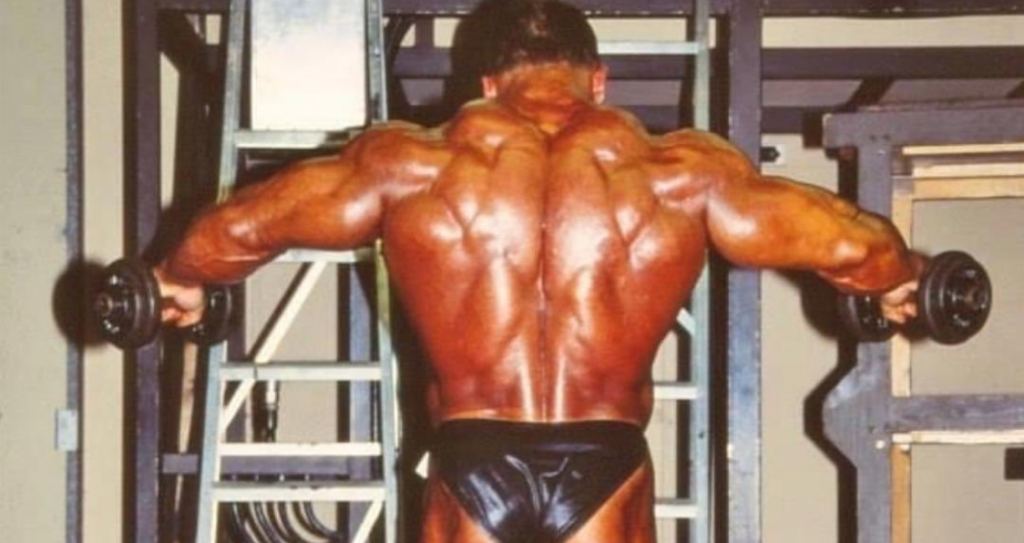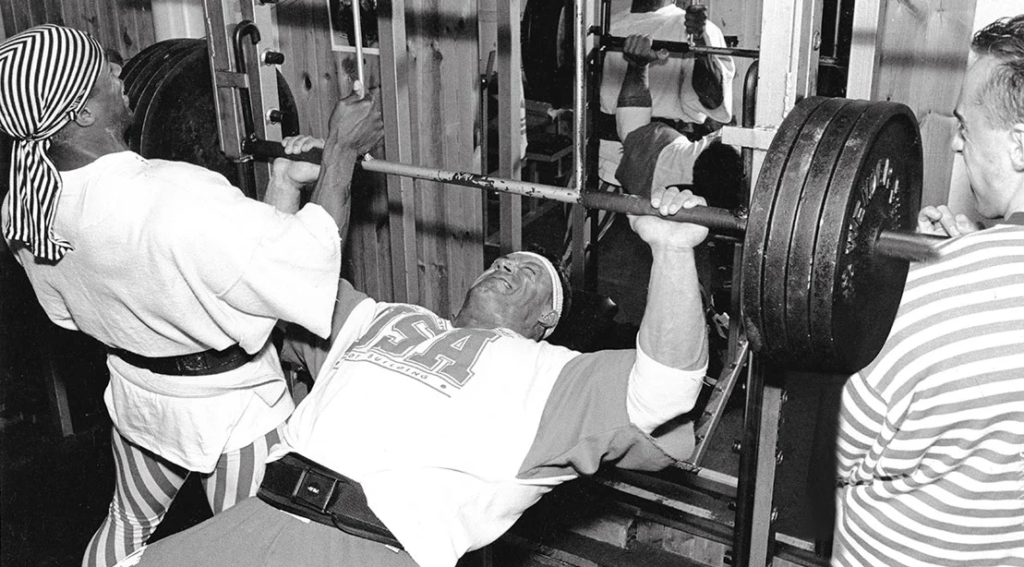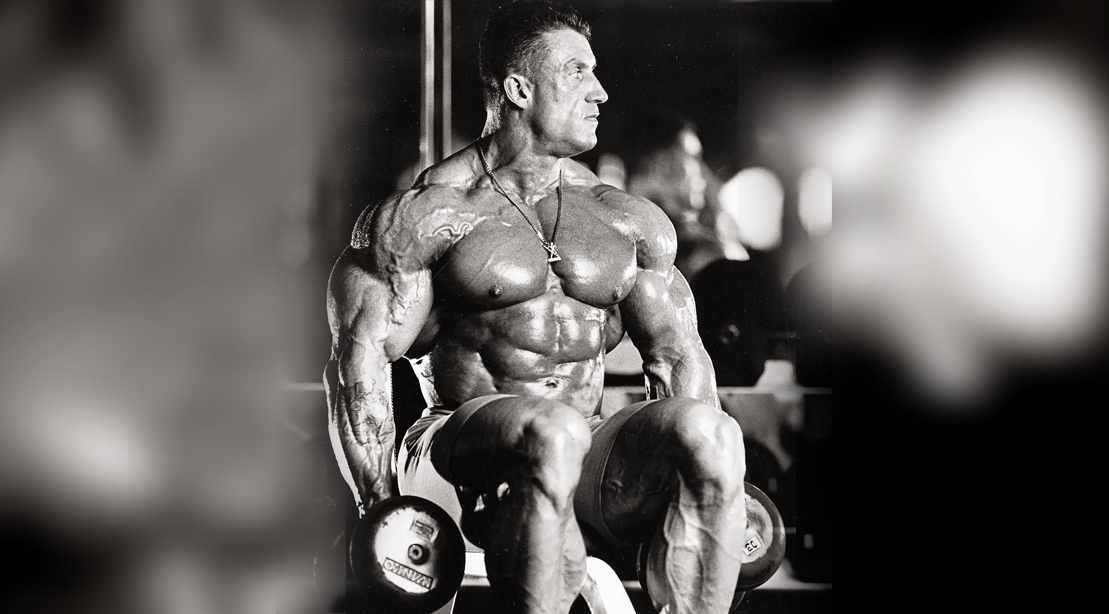If you are going to get better at something, you have two options. Number one is to work it out entirely by yourself, make your own mistakes, enduring painstaking trial and error until you land on a successful formula. This approach may work – and has done for some, but it could take years to get where you need to be.
The other option is to study someone better than you, someone who has made it. Look at what they did, how they did it, and copy them. Studying the masters is a generally accepted practice in almost every field, so why not study the champions of the iron game?
In this series, we’ll be looking at the most successful bodybuilders, weightlifters, powerlifters and strongmen that the world has seen, and studying exactly how they trained, how they recovered and most importantly how they planned and thought about their own training. There is no one approach that works and the greatest in the game all did things very differently.
Today, we’re going to be studying the life and times of Dorian Andrew Mientjez Yates – sometimes known as The Shadow. Yates was one of the most decorated bodybuilders of all time, perhaps the first of the ‘mass monsters’, and a man who without exaggeration rewrote the training manual for bodybuilders who came after him.

Background of Dorian Yates
Born just outside of Birmingham, England in the 1960s Dorian Yates had a troubled childhood. His father died at 13 and the family moved into the tough industrial city of Birmingham where Yates fell in with a skinhead gang, and served time at a Young Offenders Institution for some minor skullduggery during the Handsworth Riots. It was in Whatton Youth Detention Centre that Yates first lifted weights and set himself on the path to true greatness.
Determined to not fall permanently into a life of crime, he focused single-mindedly on bodybuilding and within three years of first picking up a dumbbell was also picking up regional and national titles. Handily, he also owned his own gym, Temple Gym, which still exists today but has moved out of the city center and now features such luxuries as heating and cleaners.
Training Methodology of Dorian Yates

Yates style of training was directly impacted by mavericks such as Mike Mentzer. What Mentzer and Yates shared was a lazer-like focus and a determination to do things in the most optimal way. This meant taking conventional bodybuilding approaches, screwing them up and tossing them in the vomit-bin in the corner of Temple Gym.
Yates’ gym sessions were short. Very short. 45-50 minutes maximum. And he noticed that despite the prevailing wisdom of the time, volume was a tool to be used within limits. Constantly exploring and adapting, Yates effectively self-evaluated that doing too many reps and sets diminished his gains. So he cut right down. As we will see shortly, Yates often did a couple of warmup sets, a top set, and then moved on. He rarely went above 10 reps and would often stay within 6-8 reps, a range that is more traditionally used for strength gains rather than muscle hypertrophy.
Besides the short workouts and no-nonsense gym demeanour, Yates had other beliefs and principles which set him apart from his contemporaries. Unlike Tom Platz, Yates really was not a fan of the barbell squat and relied almost solely on machines for his lower body work.
Unlike the California set who fully enjoyed their fame and lifestyle, Yates only enjoyed winning. He had no off-season, instead training “really heavy” for six weeks before backing off for two or three. This intuitive approach ensured he could train hard all year round. He was meticulous with his diet and logged everything he ate, 365 days of the year.
Lifting in a damp, freezing gym in November in Birmingham is a far-cry from Venice Beach, yet Dorian actively sought the sanctuary of his routine and thrived on his hermit-like existence. He put in the work when others were partying which is why he was so unbeatable for so long.
Perhaps his most unpalatable belief to the modern reader was his enthusiasm for the Smith Machine. So often maligned in modern-day strength discourse, Yates both pressed and squatted on the Smith. His motto “if it works, do it. If it doesn’t, don’t” may sound simplistic but it speaks to a truth that we are all different in our biomechanical and physical set ups, and what may work for everyone else might have no effect on you. Yates encouraged experimentation to find his own unique approach.
Workout Style of Dorian Yates

There are no mysteries about Dorian’s training plans, they have been studied and copied for thirty years. When looking at his chest workout we can get a real flavor for how he structured his training.
Dorian Yates’s Chest Routine
- Exercise 1: Incline bench press, 1x set of 6-8 reps to failure
- Exercise 2: Flat machine press, 1 x set of 6-8 reps to failure
- Exercise 3: Incline DB fly, 1 x set of 6-8 reps to failure
- Exercise 4: Standing cable crossover, 1 working set of 6-8 reps to failure
And that is it! Four exercises in total, a couple of warmup sets not recorded and then bang! Top set, maximum effort, and move on. Training in this way would mean that Yates would probably go heavier than many other bodybuilders, but he still wouldn’t sacrifice form for weight. Also, it is worth noting that for Dorian, training to failure meant doing 6-8 heavy reps and then having the spotter help to squeeze out another 2 or 3. Many of Yates’ training sessions need a spotter, so bear this in mind if you are planning on implementing any of his methodology into your own sessions.
Now let’s take a look at his biceps workout, which he would do immediately after the above chest workout:
Dorian Yates’s Biceps Routine
- Exercise 5: incline DB curl, 1x set of 6-8 reps to failure
- Exercise 6: Standing ez-bar curl, 1 x set of 6-8 reps to failure
- Exercise 7: One-arm machine preacher curl, 1 x set of 6-8 reps to failure
Again, effortlessly simple but delivered with an intensity that few could match. Dorian’s training split was classically recognisable but by being focused around 6 days rather than 7, he would be working each muscle group slightly more frequently than his competitors. In high level sport of any kind, such small margins are the basis of success.
- Day 1: Chest / Biceps
- Day 2: Legs
- Day 3: Off
- Day 4: Shoulders / Triceps
- Day 5: Back / Rear Delts
- Day 6: Off
Wrap up
Dorian Yates was a pioneer, a stone-cold visionary who used his iron will and monk-like desire for solitude and quiet to forge one of the great, sport defining physiques.
It is well known that Dorian was acquainted with PEDs, and his prime physique was almost certainly not achievable natty. However, there are lessons from his approach that amateur bodybuilders or garage gym lifters can successfully incorporate in their own training.
Firstly, don’t waste time in the gym. Put the phone away, get in and get out ASAP. The growth comes from food and sleep, so why spend longer lifting than you need to?
Secondly, listen to your body, not perceived wisdom. Dorian knew that Arnold-like training sessions of 4-5 hours weren’t for him. He reflected, made the change, and got better. Try a range of styles and see what suits you best. Don’t become slave to one particular program. If something doesn’t work for you (after a reasonable amount of time trying it – 6-8 weeks maybe) then try something else.
Finally, in the era of Instagram, be The Shadow. You don’t need to log your entire training and diet on the timeline. Go about your business quietly and with a minimum of fuss. And when its time, show up and take no prisoners.
Don’t hesitate to email us at [email protected] for personalized coaching and a client questionnaire if you’d like DEDICATED tailor-made personal training on strength training, building muscle, losing fat, developing athleticism, and more — all to your liking, lifestyle, habits, and taste!
Otherwise, don’t forget to claim your FREE eBook detailing how to lose 20lb of fat while building muscle in 12 weeks! You can claim it here.
Alternatively, you can pick up a FREE eBook on fundamental strength principles offering an introductory workout program.












